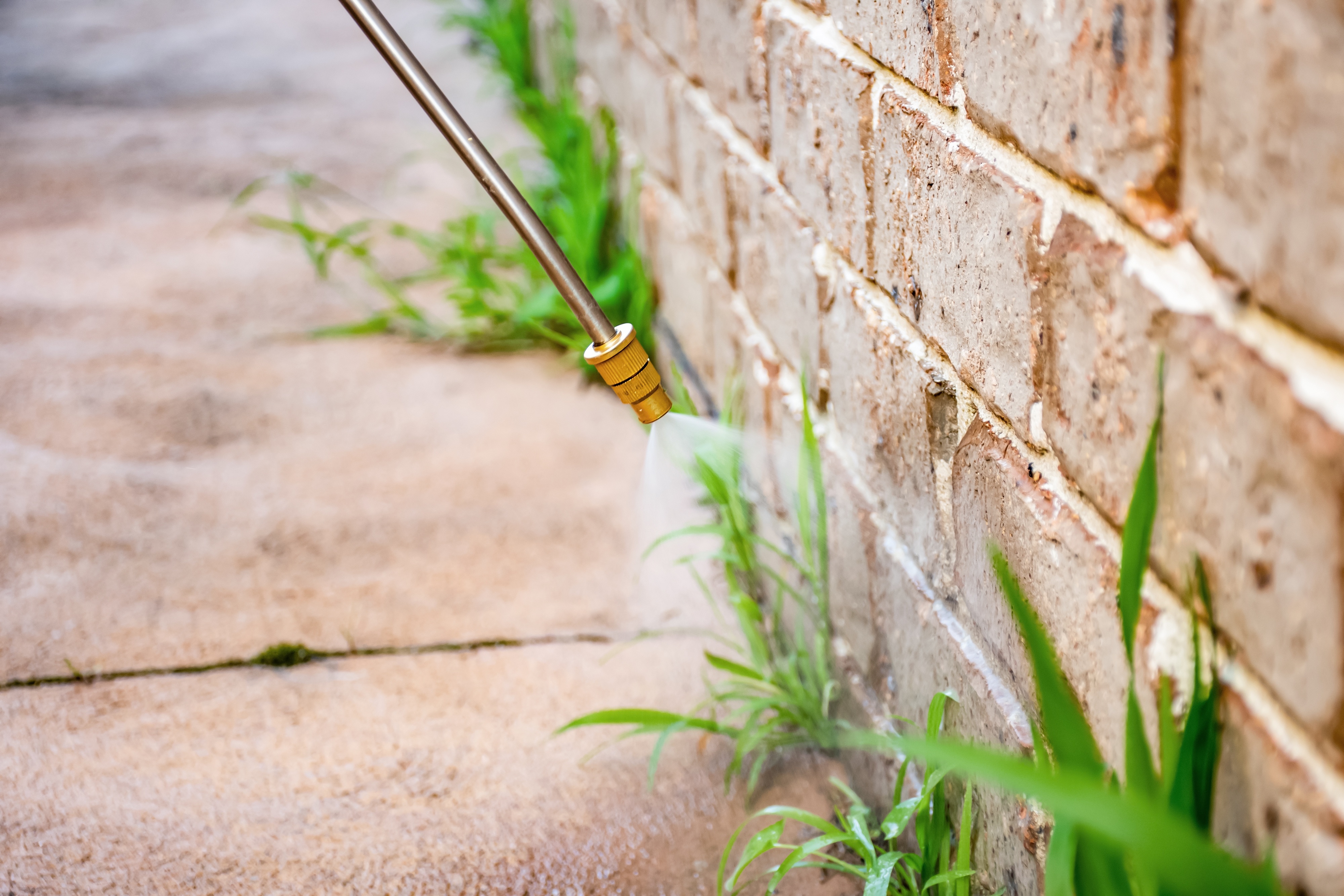
07.17.25
Victory in CT: Neonic pesticides banned statewide on 500,000 acres of grass
By Kathryn DressendorferOn May 28th, the Connecticut House passed SB9, ending the use of neonic pesticides on over half a million acres of grass across the state by banning applications to residential lawns and golf courses. This change should reduce the harmful levels of this pesticide in Connecticut rivers and waterways, protecting clean water for wildlife and people. Surfrider's Connecticut Chapter supported the passage of this bill and submitted compelling testimony on its behalf.
What are neonic pesticides?
Neonicotinoids, aka “neonics,” are neurotoxic pesticides that have been linked to devastating bee and insect losses around the world and are increasingly contributing to extensive water and soil pollution. Banned in Europe over a decade ago, these chemicals have been shown to cause harmful impacts to ecosystems as well as to human health.
What do we know about potential environmental hazards from neonics?
 Neonics are highly toxic to beneficial insects like butterflies, bees, and other pollinators.
Neonics are highly toxic to beneficial insects like butterflies, bees, and other pollinators.
While neonics are designed to be highly toxic to a broad range of insects that may damage crops, they’re also highly lethal to other beneficial insects, such as bees, butterflies, and pollinators. Neonics permanently bind to the nerve cells of insects, causing overstimulation that ultimately kills them. Even at nonlethal doses, neonics can weaken critical functions, such as an insect’s immune system, navigation, stamina, memory, and fertility.
Neonic water contamination has also been linked to harm in bats and birth defects in white-tailed deer. The latest research shines a spotlight on a new group of victims: aquatic insects and other marine life.
What do we know about human health hazards from neonics?
Research on the impacts on human health from exposure to neonics is limited, yet preliminary studies do show cause for concern. According to Melissa Perry, a public health researcher at George Washington University, “In the past 15 years, we have come to understand that many pesticides can mimic hormones, which can affect the activities of the human endocrine system. Because studies of the human health effects of neonicotinoids have been quite limited, whether they have human endocrine activity is not yet known.”
How do neonics pollute waterways?
Neonics are “systemic” pesticides, meaning they’re applied directly to the soil around a plant’s roots, or as a coating on a plant seed, which the plant then soaks up as it grows. A large percentage of the pesticide enters the soil, where it accumulates after repeated applications. Because neonics are highly soluble in water, it is estimated that only 5% of neonic coatings on seeds are absorbed by the plant while 95% of the pesticide volume is washed into soil and groundwater (source).
Rain and irrigation run-off then spread the toxic neonics, leaching into groundwater and flowing downstream through waterways like creeks and rivers. At least one neonic insecticide was found in 53% of streams sampled by USGS.
Aquatic invertebrates are even more sensitive to neonics than invertebrates on land. Neonics can wipe out aquatic insect populations that birds, fish, amphibians, and other animals rely on for food. This majorly disrupts aquatic food chains and the health of aquatic and marine ecosystems, as well as the industries and tourism that rely on healthy fish and wildlife populations.
Neonics are easily replaceable with safer alternatives, allowing for effective pest management with out harm caused to the environment or people.
How Surfrider Connecticut is taking action
Surfrider CT is part of a coalition called Connecticut Pesticide Reform (CPR), which is made up of individuals and conservation organizations from across Connecticut. Its mission is to pass legislation that will restrict the use of dangerous pesticides to protect the health of humans, birds, pollinators, and marine life, and reduce pollution that is putting the state's waters, wetlands, and wildlife at risk.
CPR led numerous tests of local waterways, which will help identify current sources of pollution, the levels of pesticides that currently exist in our local environment, and where attention needs to be focused in the future. These tests will build on findings from the US Geological Survey to craft legislation that is specific to Connecticut’s unique environment and needs, ensuring that our state is protected against pesticide levels that exceed the lethal benchmarks for aquatic life set by the federal government.
Surfrider CT and the CPR coalition educated the community about neonics, gathered data, and collaborated to craft effective legislation and build support for restricting the use of neonic-containing pesticides for non-agricultural purposes. Surfrider CT volunteers submitted grassroots comments and testimony in support of the legislation.
Victory! SB9 Passes
On May 28th, the CT House passed SB9, which ends the use of neonics on the state’s over 500,000 acres of grass. This will help protect pollinators, aquatic ecosystems, and people from the water pollution and direct harm caused by neonic exposure.
What's next
The CT Chapter and CPR are working on restricting the use of another harmful pesticide, acelepryn, that is highly toxic to oysters, shellfish and other aquatic invertebrates.
To learn more about how you can get involved, email ct@surfrider.org

